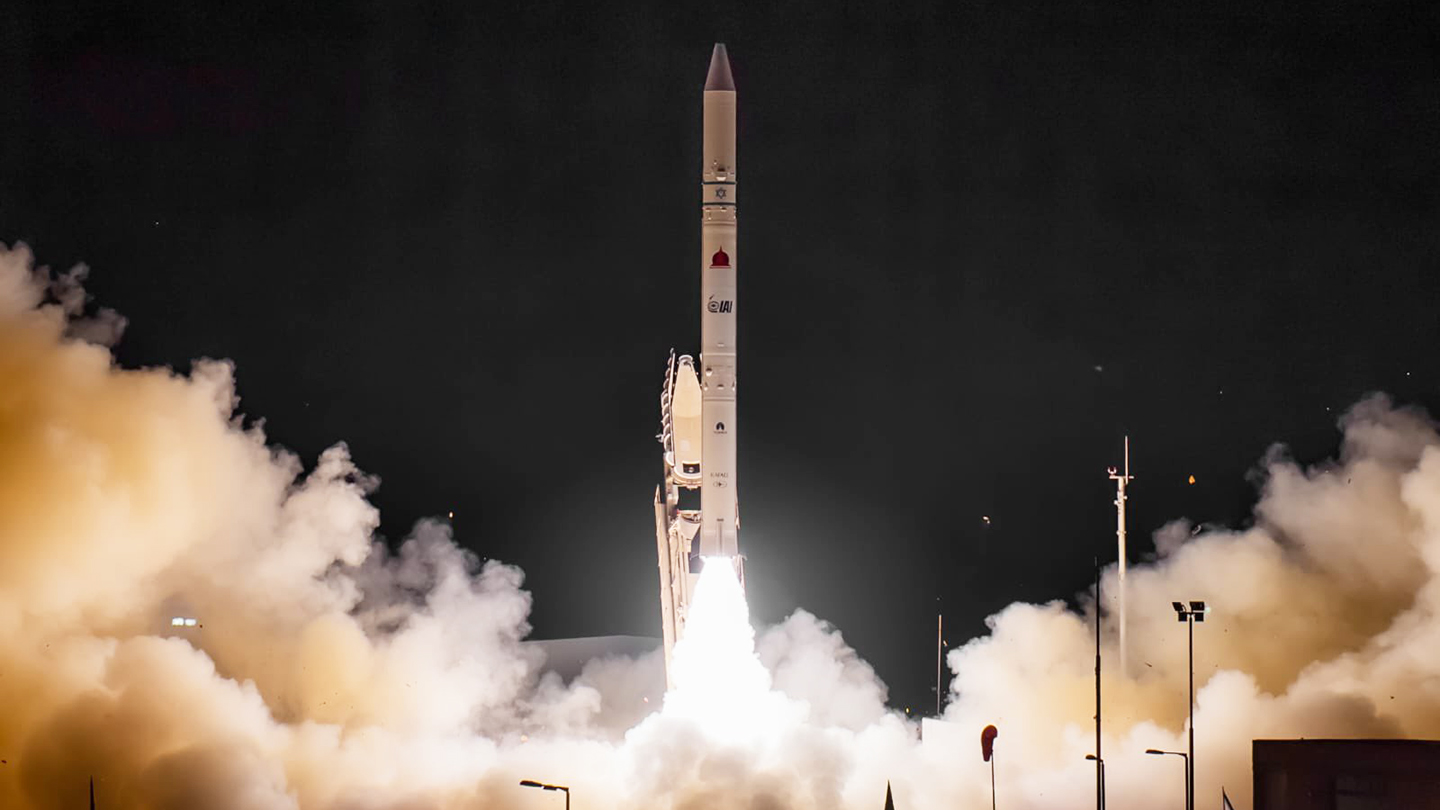Israel is preparing for some kind of retaliation against Iran for the large-scale drone and missile attack it launched over the weekend — and which Israeli and other air defenses were almost entirely successful in countering. At this point, we’re very much in uncharted waters, with this being the first overt Iranian strike directly against Israel and with Tehran now threatening to counter any new Israeli action with an immediate and powerful response of its own. Could Israel reach into its secretive ballistic missile arsenal to enact its counterstrike?
Let’s discuss that possibility.
Israel has a very large array of potential options it could execute in the coming hours and days against Iran. While taking the ‘win’ achieved by Israeli and allied air defenses would be the lowest-risk option and in effect doing nothing more, striking the highest-value targets related to Iran — specifically the Islamic Revolutionary Guard Corps (IRGC) and its proxies — outside of Iran itself would perhaps be the least volatile kinetic option. Going after Iranian military capabilities, such as its Navy which is more vulnerable to strikes, is another possibility, although one with greater risk. Striking production and storage facilities related to long-range Iranian weapons in Iran itself would be a more challenging operation and would break the threshold of attacking targets deep inside Iran. Finally, going after Iran’s nuclear program would be the boldest conventional option. Without using extremely high-risk tactics and a more sustained campaign, degrading the program may be possible, but largely eliminating it is not, at least without the help of the United States.
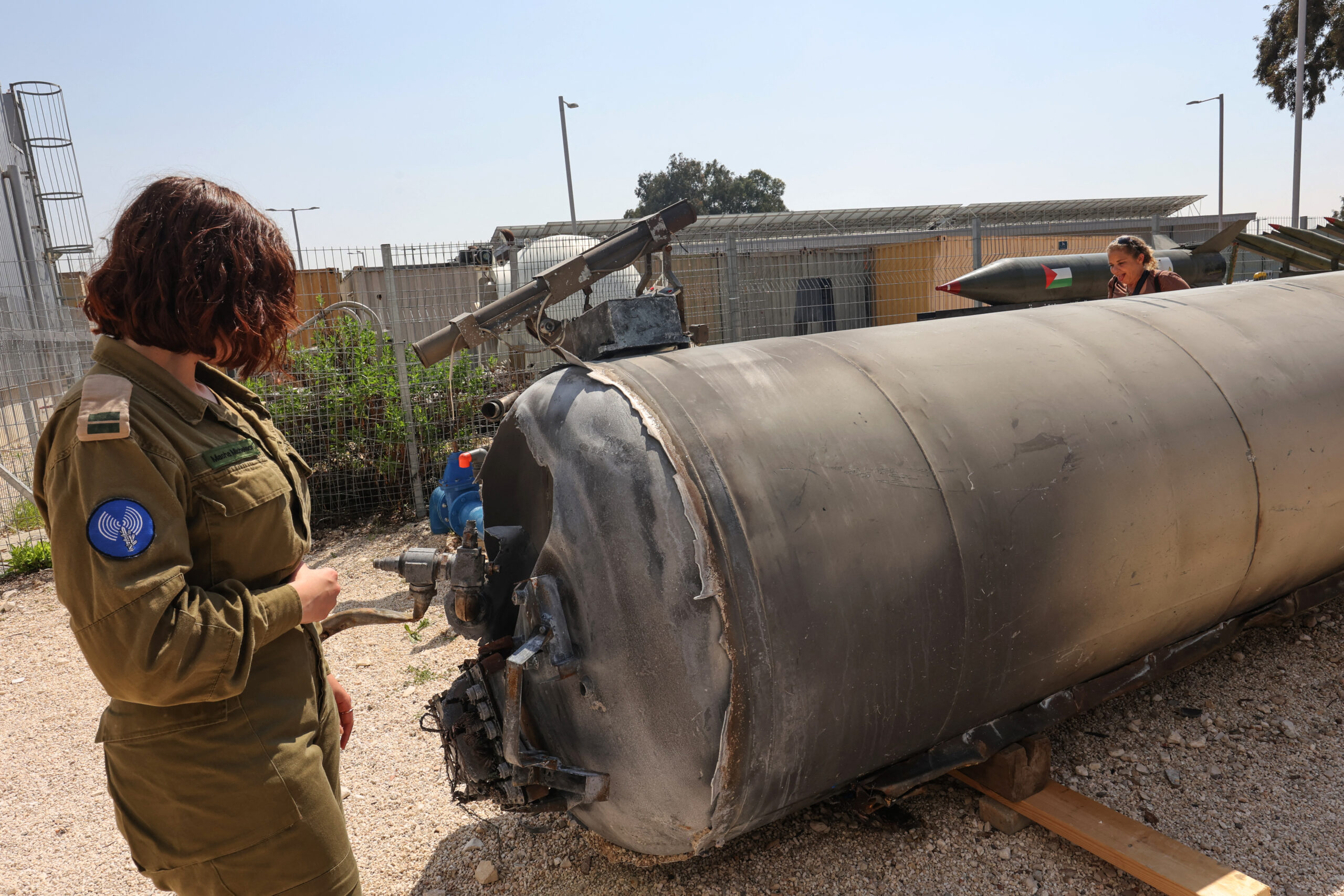
Proportionality will likely be a key factor here. After months of eroding support in the international community due to its bombing campaign on Gaza, Iran’s attack has changed that narrative at least to a degree. There has been evidence of strong allied support for Israel via direct military action, defensively, at least, that occurred during Iran’s attack. But sparking an all-out war in the region would be catastrophic in many ways, and support for Israel would suffer.
Since Iran fired well over a hundred ballistic missiles at Israel, it’s possible Israel could choose the same form of retaliation. This could include targets inside and outside of Iran. Based on the list of options above, Israel could even use these weapons in concert with standoff cruise missiles and other long-range weaponry, possibly combined with limited direct strikes, to target Iran’s maturing nuclear program.
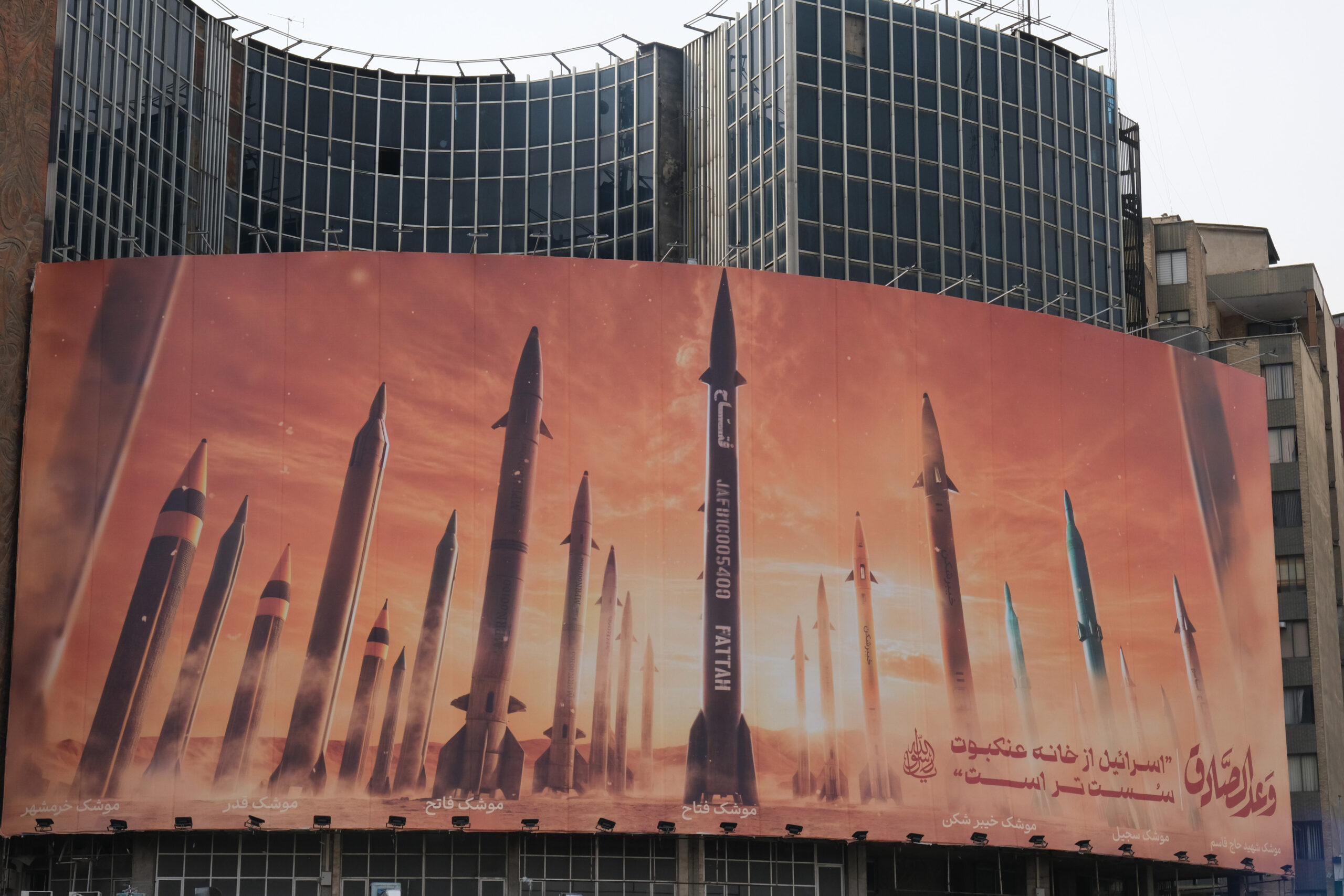
While best known as a launch vehicle for the Israeli nuclear deterrent, a Jericho ballistic missile carrying a conventional warhead would be an extremely powerful show of force and one that Israel might choose, if it considers that it would restore a level of deterrence. But does Israel actually have conventionally armed versions of its Jericho ballistic missiles?
At this point, we don’t know categorically that Israel’s Jericho family of ballistic missiles is provided with conventional warhead options, although it has been reported in the past.
Indeed, the secrecy around these weapons is so great that there’s no official acknowledgement of their primary nuclear warheads either. This is all part of Israel’s long-running policy of neither confirming nor denying its nuclear arsenal; the country also has never publicly acknowledged possessing ballistic missiles beyond short-range systems.
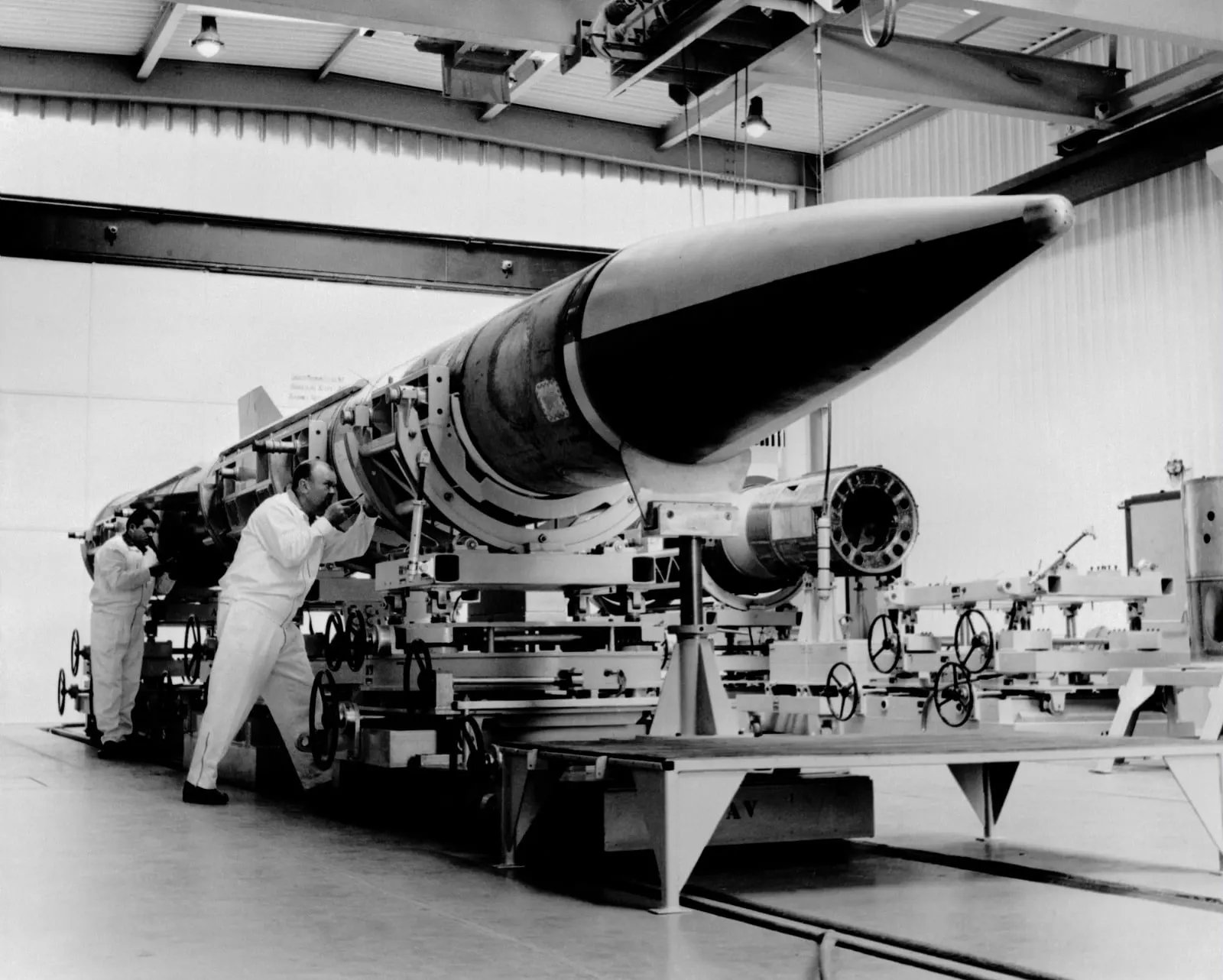
The Jericho family of missiles is something we have discussed before, the following description being published after an apparent test of one of these missiles back in 2019:
Very little is known about these weapons, the first of which Israel developed initially with French and later American assistance in the 1960s. This was followed by the Jericho 2, which IAI reportedly developed between the 1970s and the 1980s with American assistance.
Jericho II is reportedly a two-stage intermediate-range ballistic missile (IRBM), meaning that it has a range of somewhere between 1,864 and 3,418 miles. Experts believe that Jericho II served as the basis for the publicly acknowledged Shavit series of space launch vehicles, which IAI produces…

Work on the Shavit family, in turn, reportedly contributed to the development of Jericho 3, which may have two or three stages and is described as an intercontinental ballistic missile, meaning it has a range of more than 3,418 miles. There are reports that Jericho 3 first entered service in 2011, but it is unknown how many may be operational. All of the Jericho missiles are understood to be at least nuclear-capable, part of Israel’s unacknowledged, but widely known strategic nuclear arsenal.
There have also been reports in the past that Israel has developed or is working on a new version of the Jericho missile, referred to variously as the 3A or 4.
The Center for Strategic and International Studies (CSIS), a U.S. think tank, has stated that the Jericho 1 and 2 both had conventional options, although the first of these missiles was supposedly withdrawn from service in the 1990s. Reportedly, the Jericho 3 may have a conventional option as well.
A video showing the possible test launch of a Jericho missile at Palmachim Air Base, south of Tel Aviv, on December 6, 2019:
The number of Jericho missiles available is also notoriously hard to determine. Estimates of the nuclear-capable Jericho missiles typically range from as few as 24 up to as many as 50 to 100, although this upper figure is very likely exaggerated.
Regardless, it now seems to be only a matter of time before Israel strikes back in some way against Iran. Israel Defense Forces (IDF) Chief of Staff Lt. Gen. Herzi Halevi has provided what seems to be the clearest confirmation since the attack that Israel will respond with force.
“This launch of so many missiles, cruise missiles and drones into Israeli territory will be met with a response,” Halevi said, speaking from the Nevatim Air Base in southern Israel, which received some damage in the Iranian attack.
Yesterday, Israel’s war cabinet met for the fourth time in the last two days, with discussions likely focused on how to develop a response that treads the line between escalation and deterrence.

Meanwhile, some of the rhetoric coming from Tehran may encourage Israeli officials to at least consider its ‘upper tier’ of response options. In particular, Iranian officials have hinted in recent days of the possible use of exotic capabilities, should Israel retaliate. The nature of those capabilities is unclear, but there has been speculation that it could mean some kind of radiological or ‘dirty’ bomb, or potentially chemical weapons. There have also been various suggestions that Iran might be capable of putting together at least a crude fission device within days. Iran has previously made claims about a burgeoning hypersonic missile capability, too.
“We are ready to use weapons that we have not used before,” Abolfazl Amouei, a spokesperson for the Iranian parliament’s National Security Committee, told Iran’s Al-Mayadeen news channel, according to a report in the Economic Times. He added that Iran “will confront any Israeli aggression and respond to it.”
Concerns among Israeli officials that Iran is preparing to use some kind of asymmetric weapon against it could drive them to opt for some kind of show of force, even a potentially limited one, that nonetheless provides Tehran with a warning against any further escalation.
At the same time, there are drivers within Israel that could push the government toward a harder-line option. The opposition leader, Yair Lapid, yesterday said that Israeli Prime Minister Benjamin Netanyahu and his government “have become an existential threat to Israel. They have shattered Israeli deterrence.”
“Our enemies are looking at this government and they smell weakness,” Lapid added.

Israel’s deterrent policy is central to its politicians and military, and their credibility, and is seen as critical to the country’s security and even its continued existence. This means that developing and maintaining the IDF’s military capabilities, as well as defining how it responds to external aggression carries an enormous political weight.
It’s in such a scenario that Israel might call upon its own, secretive ballistic missile arsenal, for the benefit of both its citizens and as one of the strongest-possible (non-nuclear) signals to Iran.
While the Jericho is, above all, the cornerstone of Israel’s nuclear deterrent, having a conventionally armed version could well make sense to its broader strategies.
Already, the Jericho missiles provide the fastest means of striking targets in Iran, and their ballistic trajectory and speed would likely render them immune to interception, especially given the very limited capabilities of Iran’s air defenses against ballistic missile threats. A subsonic cruise missile would be much easier to intercept and wouldn’t provide the option of hitting certain time-sensitive or hardened targets. And in contrast to long-range direct attacks by Israeli Air Force aircraft, no Israeli personnel would be put in harm’s way.
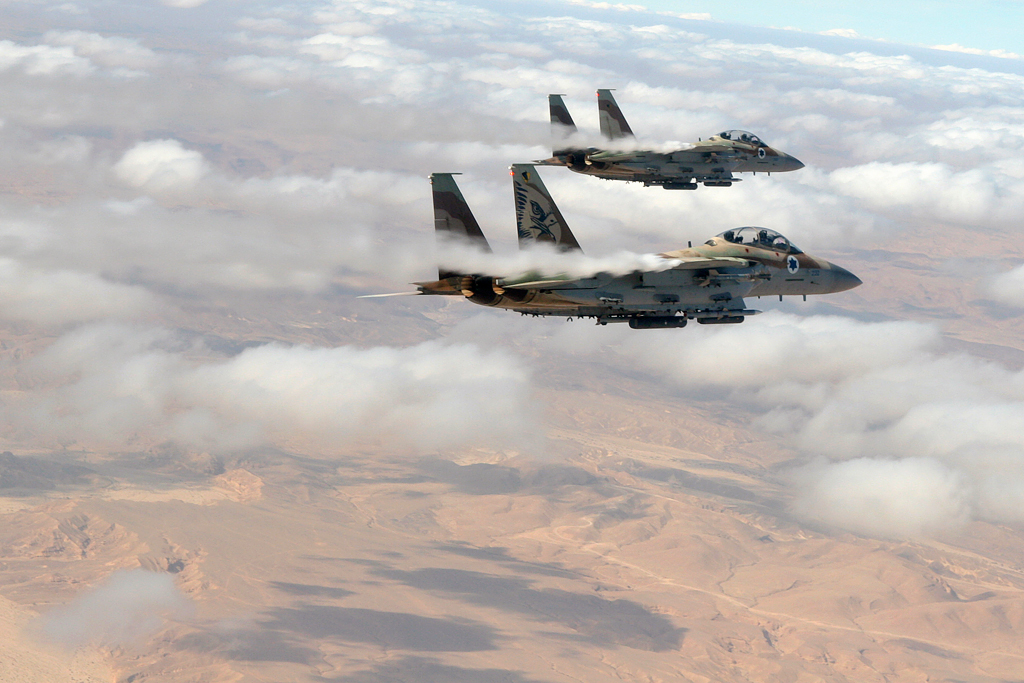
A Jericho missile with a conventional payload would be a very capable weapon in its own right, for the above reasons and even a high-explosive warhead would be extremely destructive. According to CSIS, the Jericho 2 can carry a 3,300-pound high-explosive warhead, while the Jericho 3 has a payload capacity of between 2,200 and 2,900 pounds, although that is in a configuration that has to fly many thousands of miles, not one that has to hit a fraction of that distance. So a much larger payload could be possible if it was adapted for a regional strike profile.
The extreme speed that the missiles’ warheads would be traveling during their terminal attack makes them capable of targeting hardened or buried command centers and other key fortified sites to a degree the IAF isn’t capable of. This is a huge capability to consider. Israel does not have the ability to destroy Iranian nuclear facilities that are deeply buried, like the enrichment site in Fordow, via traditional aerial attack, without resorting to nuclear strikes. The United States is the only nation with a conventional air-to-ground capability that could potentially do this — the U.S. B-2 stealth bomber and its Massive Ordnance Penetrator (MOP). But, knowing this limitation, could Israel have created conventional penetrator warheads for its ballistic missiles that could potentially threaten these sites, at least being capable of disabling them for a period of time?
It would make some sense.
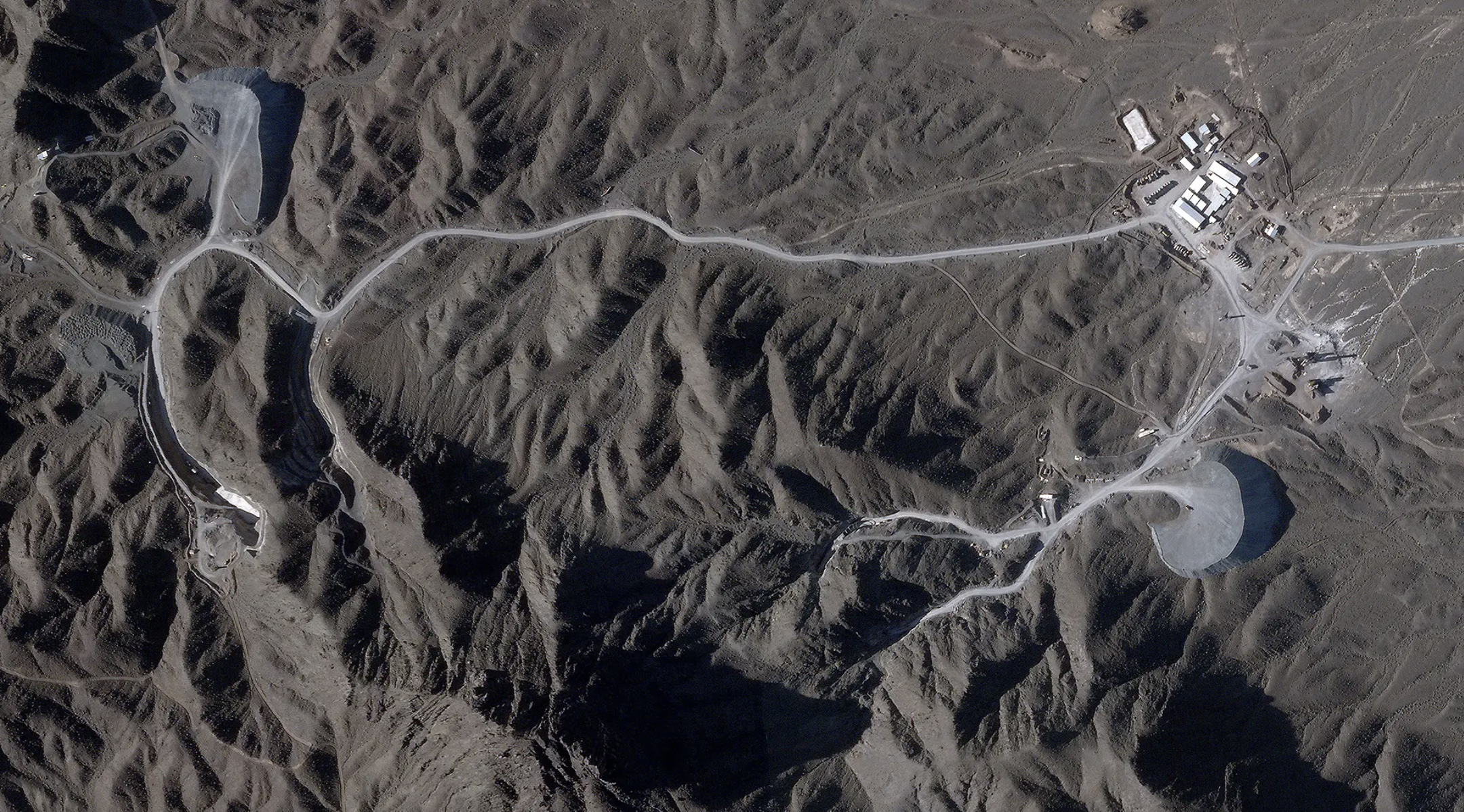
But more importantly, if conventionally armed Jerichos were used in any way, it would be the message that their use in any capacity would carry that would be perhaps most impactful. It would demonstrate Israel’s ability to strike anywhere in Iran with impunity with a nuclear delivery system. If a conventional warhead can be used in this way, the implications of using a nuclear warhead would be obvious. This, war planners might assume, could reduce the likelihood of Iranian retaliation and ‘reset the escalation ladder.’ The use of ballistic missiles against Iran also carries a similar, albeit far less potent message as Iran is not a nuclear power… yet.
Furthermore, with Iran having launched approximately 120 ballistic missiles (as well as 30 cruise missiles, and 170 drones) against Israel last weekend, an Israeli response in kind, even involving far fewer Jericho missiles, might make sense to war planners.
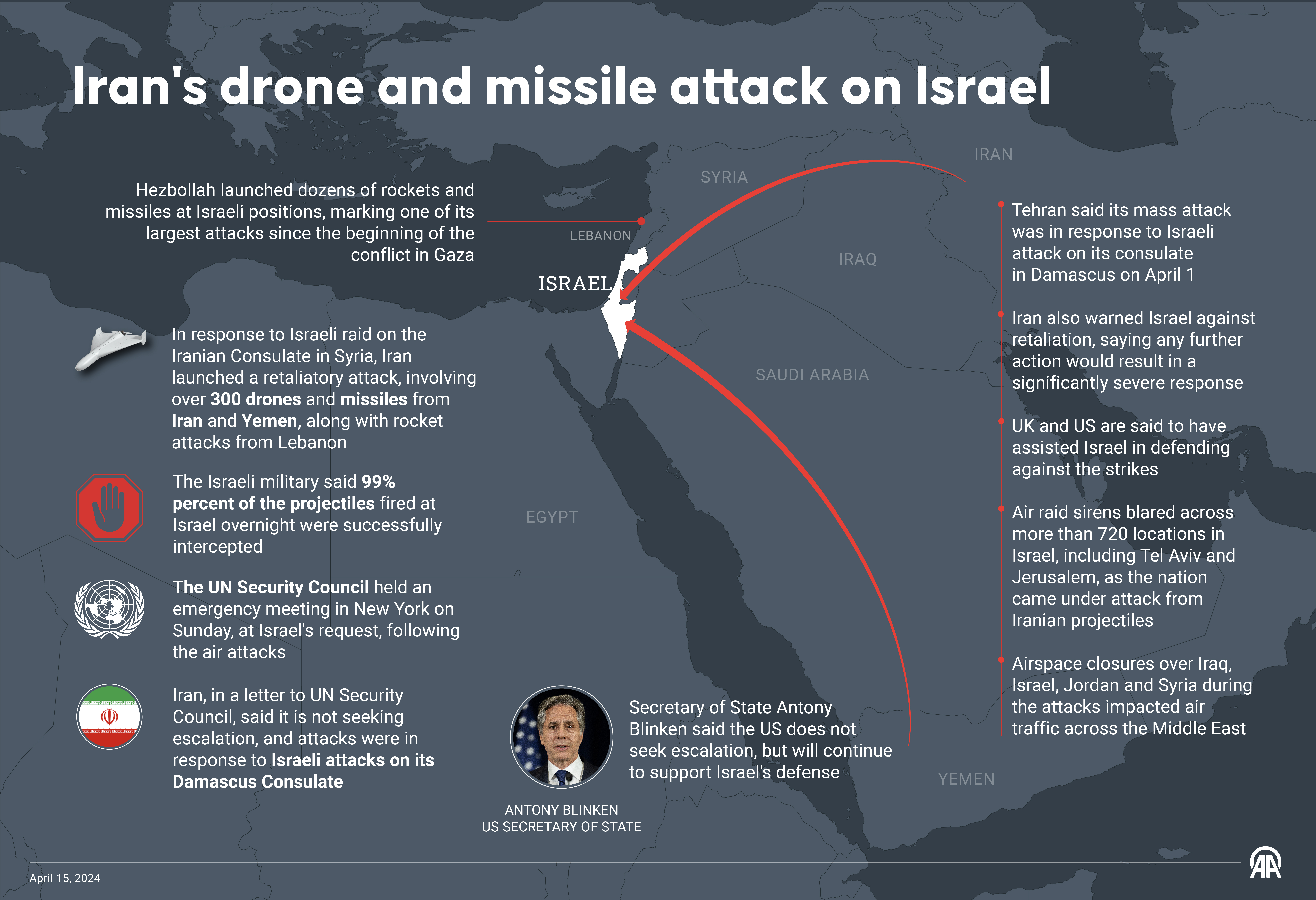
Arguably, with no evidence that Iran currently possesses an operational nuclear capability of its own, the threshold for Israel being willing to conduct a non-nuclear strike with ballistic missiles may be considered fairly low.
Depending on the targets struck, Israel could argue that it was a much more measured and non-escalatory response, which might go some way to appeasing those calling for restraint. Israel could also argue that the response was less than proportionate based on numbers alone. Targets of choice might be an airbase, missile facility, naval port, command and control node, or a mixture of similar locales.
Of course, the possibility of the same kind of missile carrying a nuclear warhead into Iran wouldn’t be mentioned but it would be implied.
This does, however, raise one issue inherent with Israel launching a conventionally armed ballistic missile, which is the possibility for Iran to misconstrue it as a nuclear-armed one. With a very limited time in which to decide how to react, it might then launch an ‘all-out’ retaliation on the basis it has nothing left to lose. It might well be necessary for Israel to signal in advance that any ballistic missile it launches will not be armed with a nuclear payload.
Israel turning to its Jericho missile inventory — using a conventionally armed example — is admittedly among the more extreme measures it might take. As such, it may not be the most likely scenario, but this is still a fairly unprecedented situation. Iran relying on their own ballistic missiles as their preferred ‘stick’ for their attack also makes employing Jericho more relevant here. Furthermore, and especially if the Iranian threat of retaliation with non-traditional means is taken seriously, a limited Israeli strike using one or more ballistic missiles might yet be seen as a powerful deterrent against further, potentially more destructive Iranian strikes against Israel.
Above all else, this thought exercise brings up the question of the state of Israel’s shadowy Jericho missile arsenal and if conventionally-armed ones do indeed exist in the inventory, and even ones specifically designed to go after certain highly challenging targets the IAF currently has no way of neutralizing.
Contact the author: thomas@thewarzone.com
